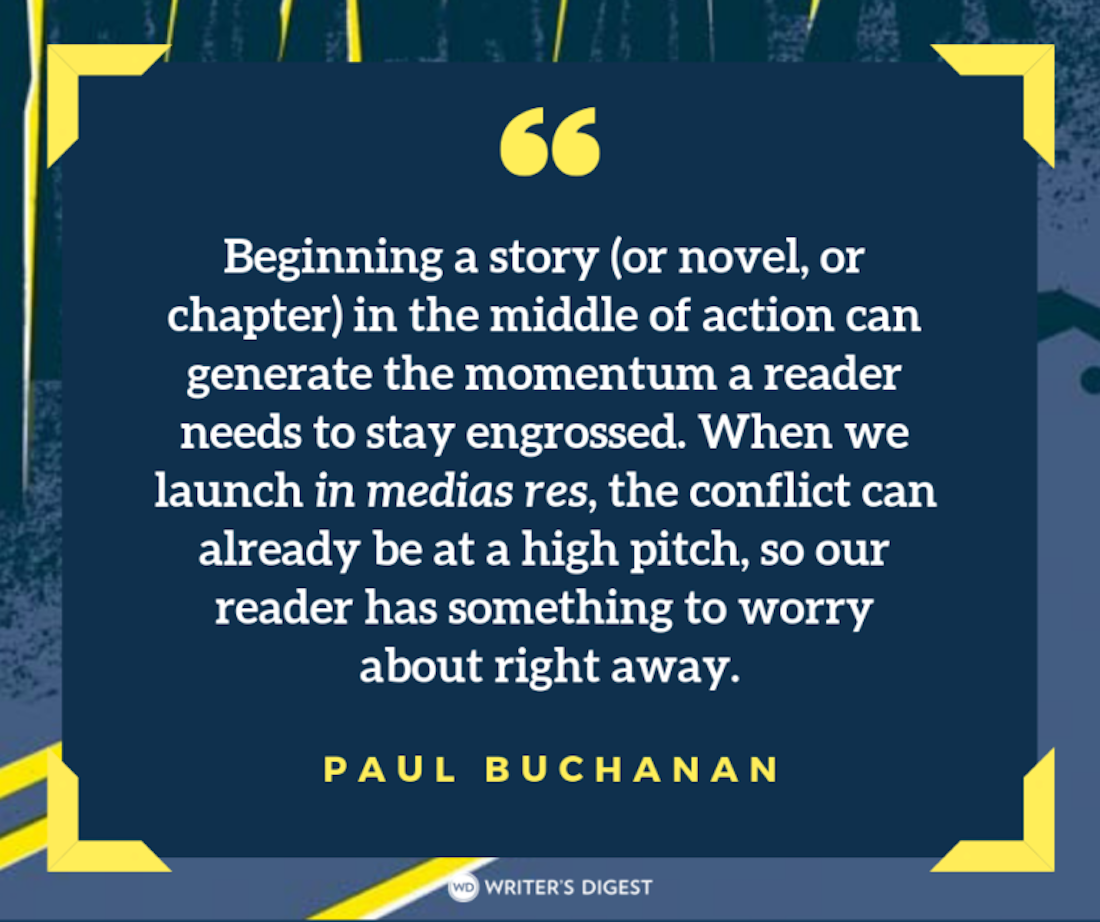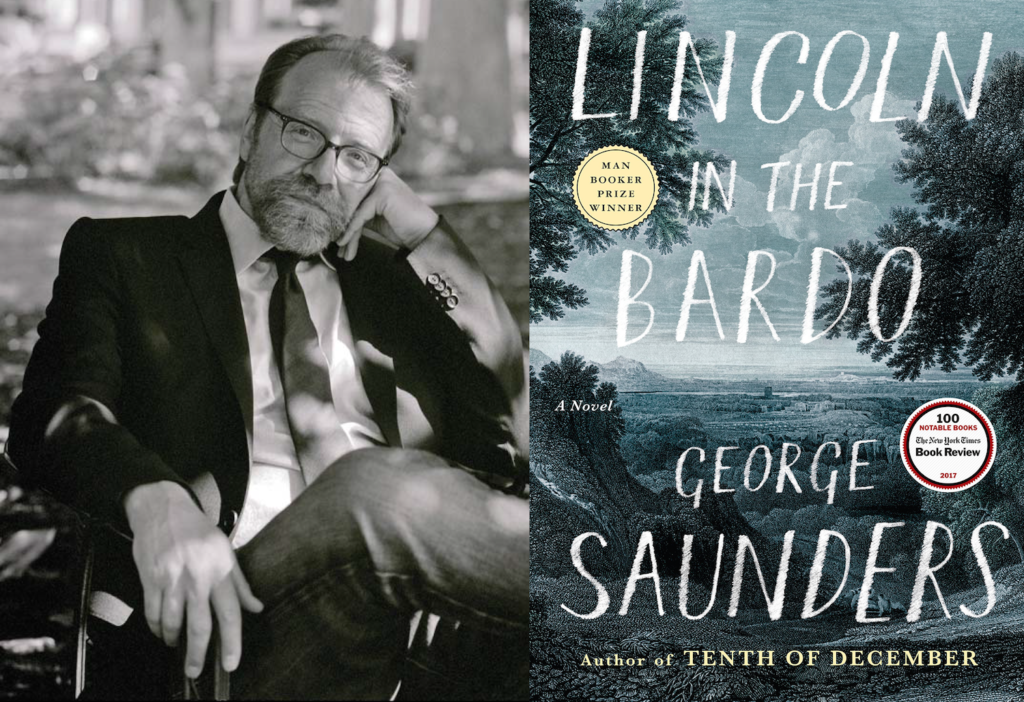Getting Your Life in Line
Creating a timeline of your life in your journal can help you see more clearly how to get from Point A to Point B.
Life is difficult to measure, particularly when it's our own. We overlook the ups and dwell on the downs. We get stuck thinking about where we are now and miss where we're headed. One way we can increase our awareness and sharpen our perspectives is to take a step back from our lives to view the big picture by using a visual tool called a timeline.
A timeline is a chronological list of significant events. It contains life's highs and lows, reveals cyclical patterns and identifies turning points. By marking our milestones in a linear fashion, we can review the ebbs and flows of relationships, notice a season of personal growth, observe a deepening faith or pinpoint where our career needs a boost. Examining the presence or absence of significant milestones during periods of life provides keen insights that reveal our next steps and compel us to take action.
Because our lives are influenced by numerous changes and events, it's helpful to begin with a general timeline containing all significant information and then expand from there. If you begin by focusing on just one element, important events may be omitted because they seem unrelated. Births and deaths might get sidestepped on a career timeline because you don't realize how those events influenced you or how they launched you in new directions. So start broad!
Once you have a general timeline, it's easy to create others focusing on specific aspects of your life. Regardless of the type of timeline you'd like to create, the effort will propel your writing in many new directions.
Blaze a Trail
Begin by listing significant memories and events in your journal. Work quickly—don't worry about the order. Don't expect to remember everything all at once. Jot things down over a few days as they come to you. These may include moves, weddings, funerals, the beginnings and endings of relationships, job changes and family happenings. Reading through past journals is a great way to jog your memory.
When you have a satisfying group of events, begin your rough draft. Use a pencil on extra-wide paper or on two legal-sized sheets taped together. Of the two traditional timeline formats, choose the one that fits you best:
• Continuous line: Draw one straight, horizontal line. Add and label ticks to the line from left to right to represent years. List positive experiences in order above the line; list difficult ones below.
If your timeline spans 20 years or more, give yourself more room by drawing two or more horizontal lines, one above the other.
• Multiline: Do you think the continuous line format might be too confining for your style? Try a multiline chart—it allows you to record many elements of your life. Draw eight to 10 horizontal lines, one above the other. Then mark the appropriate years across the top and bottom, left to right. Each line represents a different part of life—marriage, family and children, career, friends, places you've lived, spiritual or personal growth, vacations.
Plot major events on your timeline (or lines), adding dates or years when possible. Then, fill in other memories from your list. Think not only of events, but also of how you were experiencing life. Remember specific seasons of joy, contentment, depression or anxiety.
Pave Your Road
Examine your rough draft. Would another format work better? Do you need more space for certain years? Less? Let a format emerge from the work you've done.
Recopy your timeline onto fresh sheets of paper. Exclude events that seem obsolete; add new ones that come to mind.
Using colored pens or pencils for clarity and visual interest, create your own color-coded system. You may choose green to signify events of growth, red could represent transitions, and black might indicate hard times.
Working with so much information can feel overwhelming. During the early stages, let go of your desire to have every date just right and to make it look perfect. Do what you can. If you feel yourself getting stuck, take a break and come back to it later. Or recruit a friend or significant other, and do it together. Once your timeline is complete, you'll be able to step back from the details and observe significant patterns in your life.
Map Your Landmarks
Timelines provide significant information, launch introspection and help us chart a course for the future. These visual records transfer to many areas of our lives and provoke an abundance of topics for personal writing. When you finish your timeline, consider the following:
• Notice patterns: Were memorable moments or positive experiences close together, or were they far apart? What prompted the times of growth? What preceded each plateau? Notice the life seasons that begin to emerge; title them. Let your observations inspire entries in your journal. Write descriptive paragraphs about distinct periods of your life.
• Observe changes: What prompted abrupt turns, for good or for bad?
• Give yourself feedback: What reactions or feelings surfaced as you created and reviewed your timeline? Pay attention to instances in which you experienced deep hurts. Pain often signals when one of our core values or something significant to us was violated. How have these hurts healed?
• Share your timeline: Verbally processing your insights can take the experience of creating your timeline to the next level. Friends or significant others can offer helpful feedback if you share your observations with them.
• Take the next step: Write about where you might be headed next. Create a new timeline, starting now, that projects into the future. Or postdate a journal entry one, five or 10 years from now, and imagine where you'd love to be. After you've finished, write about what needs to happen for you to reach your goals.
Timelines offer tremendous resources for personal writing. You might be amazed at how many different journaling paths you can take based on what your timelines reveal. If you're trying to make sense of the past, need clarity for today, or are ready to forge a new life path, try creating a timeline. Your insights might just pave the way for your next adventure!
This article appeared in the May 2003 issue of Personal Journaling.









